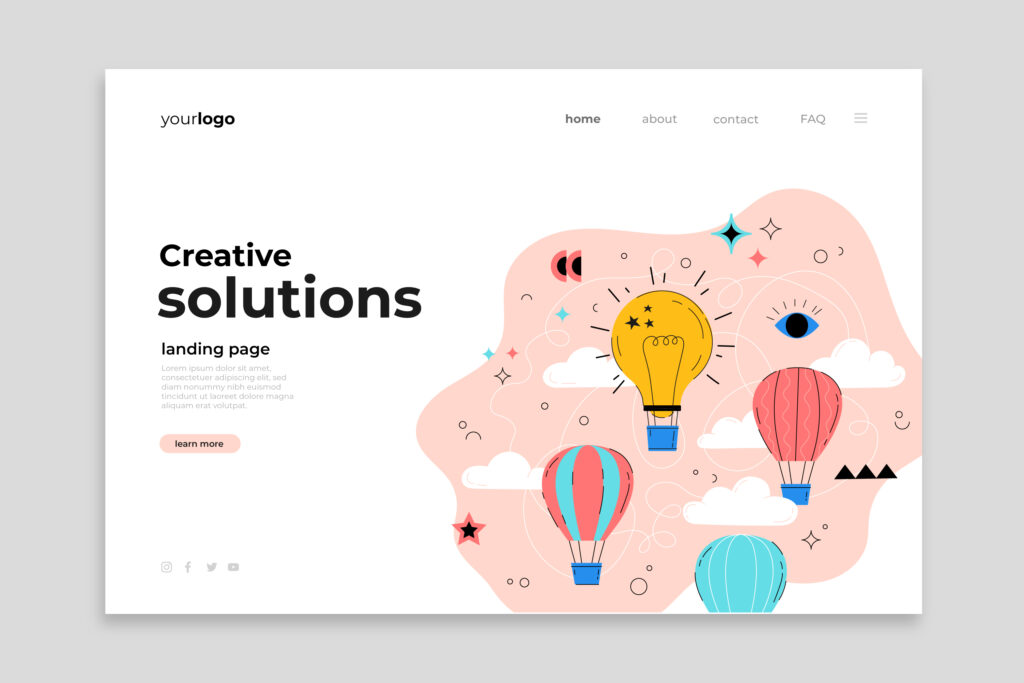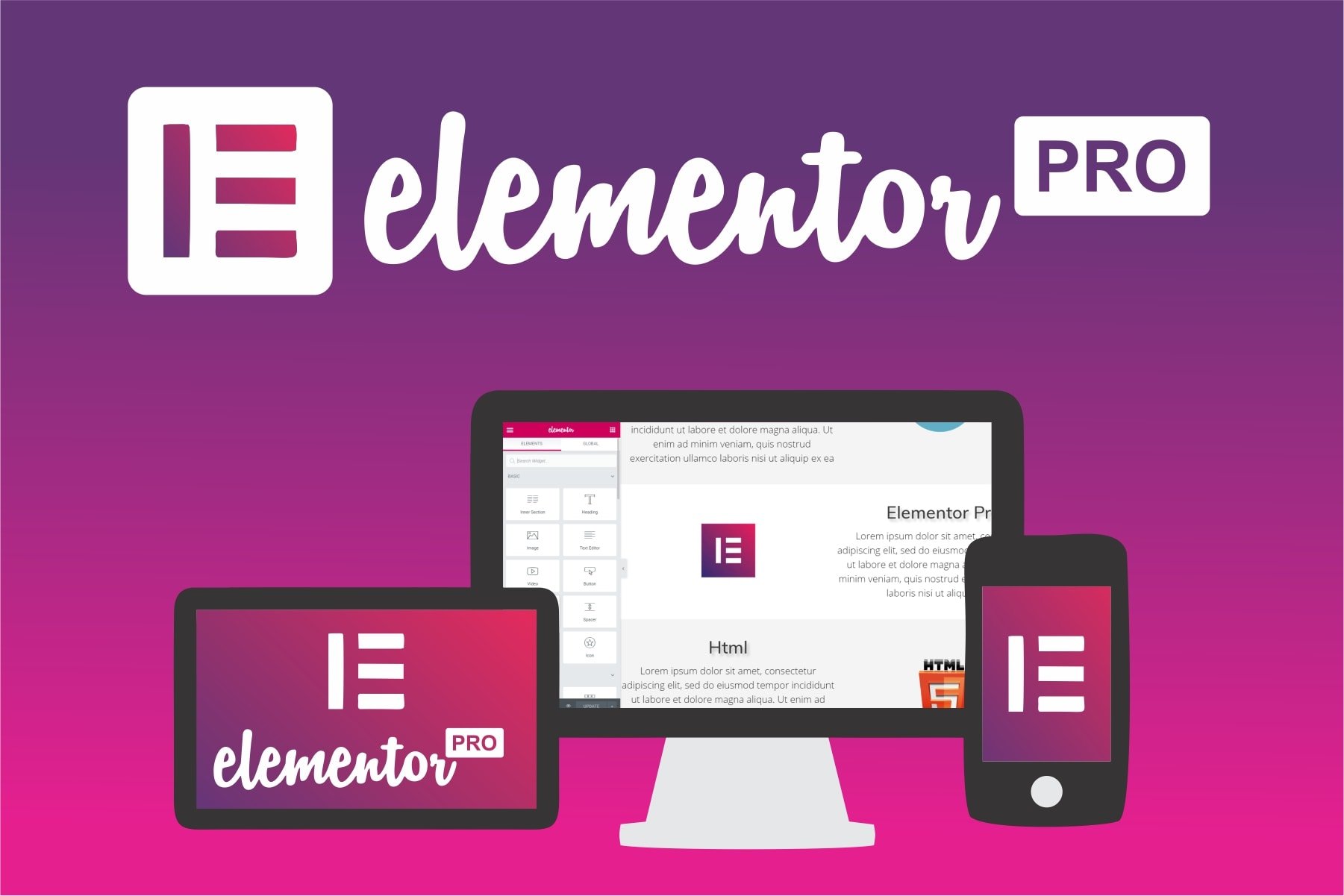
How to Find Web Design Inspiration
Web design is a creative and challenging process that requires a lot of imagination, skill, and knowledge. Sometimes, you may feel stuck or uninspired when working on a web design project. How can you overcome this problem and find fresh and original ideas for your web design? In this blog, we will answer some common questions that web designers may have when looking for web design inspiration.
What is web design inspiration?
Web design inspiration is anything that sparks your creativity and helps you come up with new and innovative web design concepts. Web design inspiration can come from various sources, such as:
- Other websites: You can browse through different websites and see how they use layout, typography, colour, animation, interactivity, and other web design elements. You can also look for websites that are related to your niche, target audience, or purpose, and see how they communicate their message and engage their visitors.
- Graphic design: You can look at other forms of graphic design, such as logos, posters, flyers, brochures, magazines, books, packaging, etc. You can learn from how they use visual hierarchy, contrast, balance, alignment, and other design principles. You can also get inspired by their use of shapes, icons, illustrations, images, and other graphic elements.
- Art: You can explore different styles and genres of art, such as painting, drawing, photography, sculpture, collage, etc. You can appreciate the beauty, emotion, and expression of art and see how they use colour, texture, composition, perspective, and other artistic techniques. You can also get inspired by the themes, messages, and stories that art conveys.
- Nature: You can observe the natural world and see how it offers endless examples of beauty, harmony, and diversity. You can get inspired by the colours, patterns, shapes, and forms of nature, such as flowers, leaves, trees, animals, landscapes, etc. You can also get inspired by natural phenomena such as sunrise, sunsets, rain, snow, etc.
- Culture: You can learn from different cultures and see how they express their identity, values, and traditions through their art, architecture, clothing, music, language, etc. You can get inspired by the colours, symbols, motifs, and patterns of different cultures and see how they reflect their history, geography, and beliefs.
- Personal experience: You can draw from your own life and see how it influences your web design. You can get inspired by your hobbies, interests, passions, goals, dreams, etc. You can also get inspired by your emotions, memories, thoughts, feelings, etc.

Why is web design inspiration important?
Web design inspiration is important because it helps you:
- Break out of your comfort zone and try new things
- Stay updated with the latest trends and best practices in web design
- Learn from other web designers and improve your skills and knowledge
- Avoid copying or repeating the same web design ideas
- Create unique and original web designs that stand out from the crowd
- Solve web design problems and challenges in a creative way
- Express your personality and style through your web design
- Communicate your message and purpose effectively through your web design
- Engage and delight your web design audience and clients
How do I find web design inspiration?
Finding web design inspiration is not always easy, but there are some tips and tricks that can help you:
- Set a clear goal and scope for your web design project. Know what you want to achieve, who you want to reach, and what you want to say with your web design.
- Do some research and analysis on your web design topic, niche, audience, and competitors. Find out what they need, want, and expect from your web design, and what works and what doesn’t work for them.
- Brainstorm and sketch some web design ideas on paper or on a digital tool. Don’t worry about the details or the quality, just let your imagination flow and generate as many web design ideas as possible.
- Seek feedback and critique from other web designers, colleagues, friends, or clients. Ask them what they think of your web design ideas, what they like and don’t like, and what they suggest to improve them.
- Refine and polish your web design ideas based on the feedback and critique. Make sure your web design is clear, consistent, coherent, and compelling.
- Test and evaluate your web design on different devices, browsers, and screen sizes. Check for any errors, bugs, or issues that may affect your web design performance, usability, accessibility, and aesthetics.
Where can I find web design inspiration?
There are many online and offline resources that can help you find web design inspiration, such as:
- Web design blogs: You can read web design blogs and see how they share web design tips, tricks, tutorials, case studies, reviews, etc. You can also see how they showcase web design examples, trends, and best practices. Some of the popular web design blogs are:
- Smashing Magazine
- Webdesigner Depot
- A List Apart
- CSS-Tricks
- Codrops
- Web design galleries: You can browse through web design galleries and see how they feature web design projects from different web designers, agencies, and studios. You can also filter and search for web design projects by category, style, industry, etc. Some of the popular web design galleries are:
- Awards
- The Best Designs
- SiteInspire
- Dribbble
- Behance
- Web design books: You can read web design books and see how they teach you web design theory, practice, and history. You can also see how they illustrate web design concepts, principles, and techniques with examples and exercises. Some of the popular web design books are:
- Don’t Make Me Think, by Steve Krug
- The Design of Everyday Things by Don Norman
- The Elements of User Experience by Jesse James Garrett
- Designing with Web Standards by Jeffrey Zeldman
- Responsive Web Design by Ethan Marcotte
- Web design podcasts: You can listen to web design podcasts and see how they discuss web design topics, issues, and news. You can also see how they interview web design experts, influencers, and leaders. Some of the popular web design podcasts are:
- ShopTalk
- The Big Web Show
- Boagworld
- The Web Ahead
- Responsive Web Design Podcast
- Web design events: You can attend web design events and see how they offer web design workshops, lectures, panels, demos, etc. You can also see how they network and connect with other web designers, speakers, sponsors, and organizers. Some of the popular web design events are:
- An Event Apart
- Web Summit
- Smashing Conference
- UX London
- Generate

How to use web design inspiration?
Finding web design inspiration is not enough; you also need to know how to use it effectively. Here are some dos and don’ts for using web design inspiration:
- Do: Use web design inspiration as a source of learning, guidance, and reference. Learn from how other web designers solve web design problems and challenges and apply their solutions to your own web design project. Use web design inspiration as a way to improve your web design skills and knowledge and keep up with the web design industry and community.
- Don’t: Use web design inspiration as a source of copying, stealing, or plagiarizing. Don’t copy or imitate other web designers’ work without their permission or credit. Don’t use web design inspiration as a way to avoid your own creativity and originality or to deceive your web design audience and clients.
Conclusion
Web design inspiration is a valuable and essential part of web design. It can help you overcome web design blocks and challenges and create unique and original web designs that meet your goals and expectations. However, web design inspiration is not a magic bullet that can solve all your web design problems. You still need to use your own web design imagination, skill, and knowledge.





0 Comments